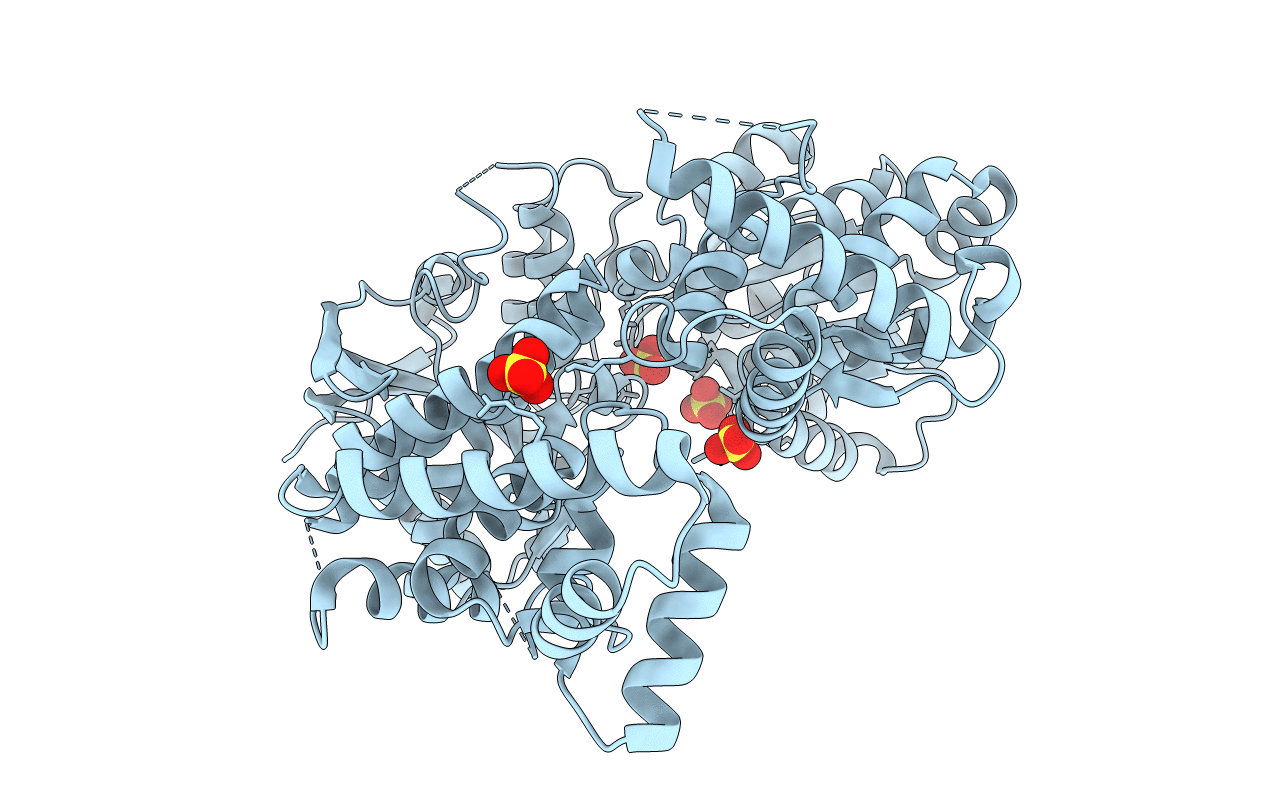
Deposition Date
2010-01-18
Release Date
2011-02-02
Last Version Date
2024-02-21
Method Details:
Experimental Method:
Resolution:
1.80 Å
R-Value Free:
0.24
R-Value Work:
0.19
R-Value Observed:
0.20
Space Group:
P 21 21 2


